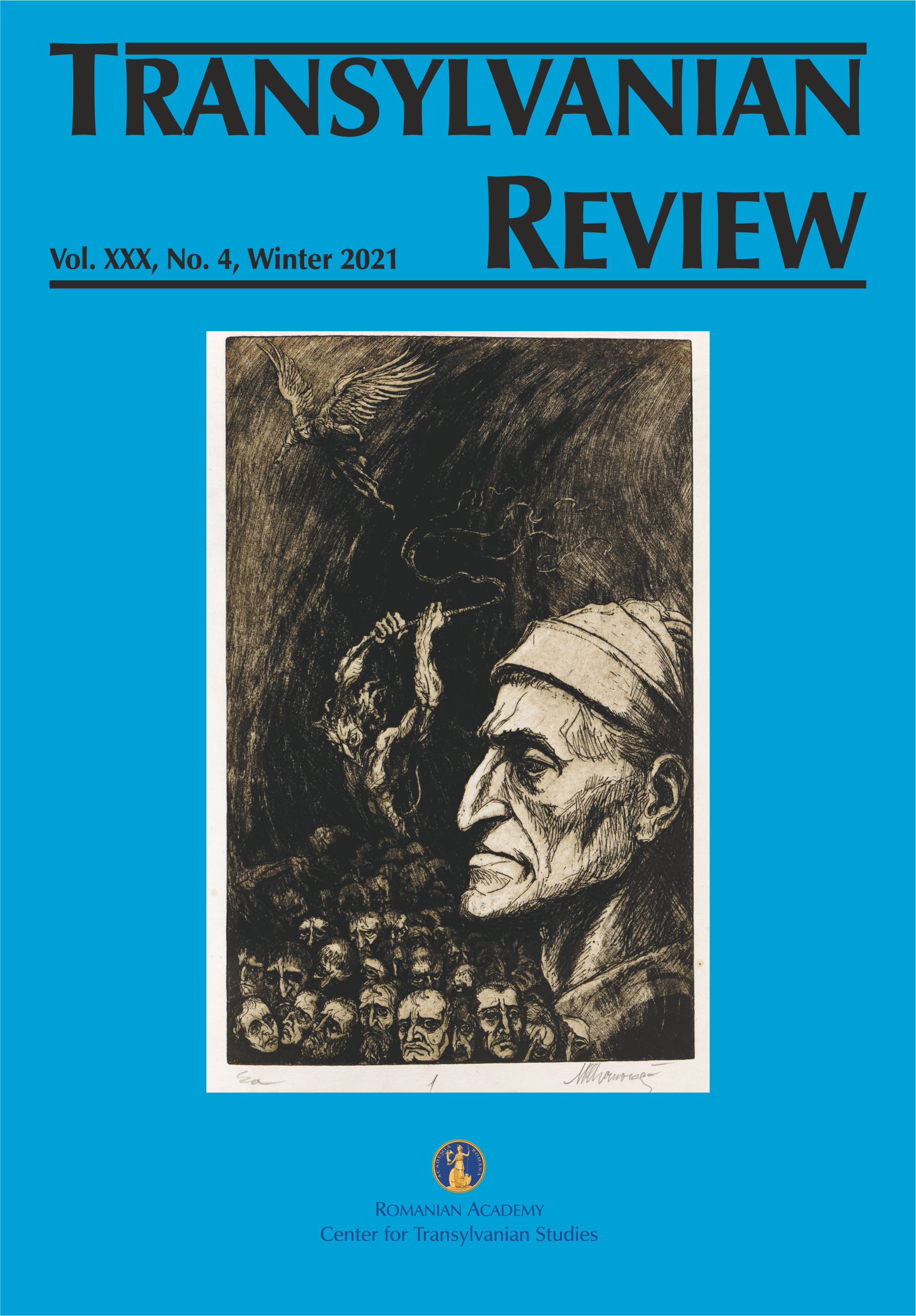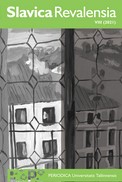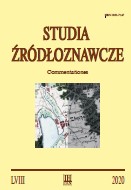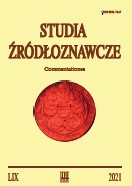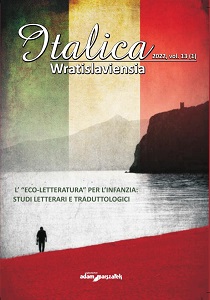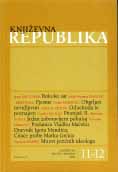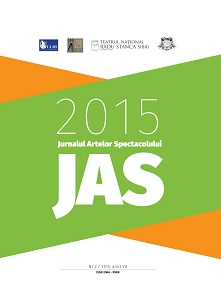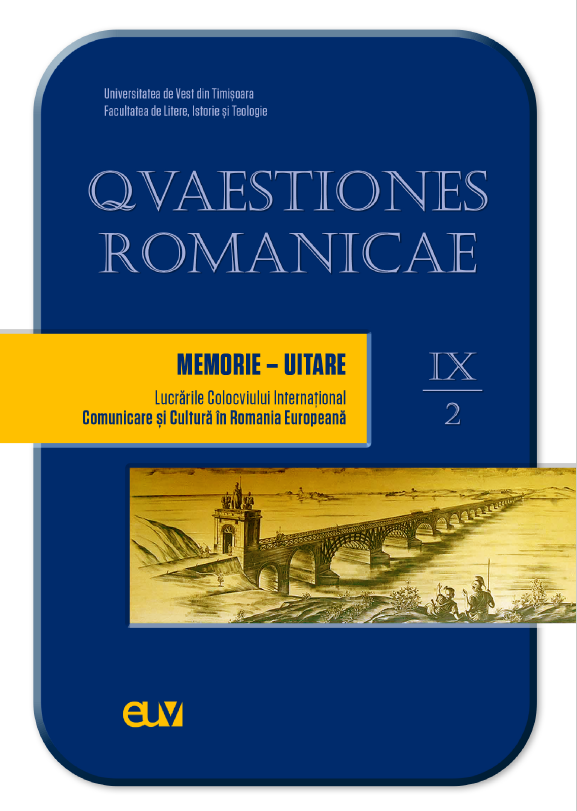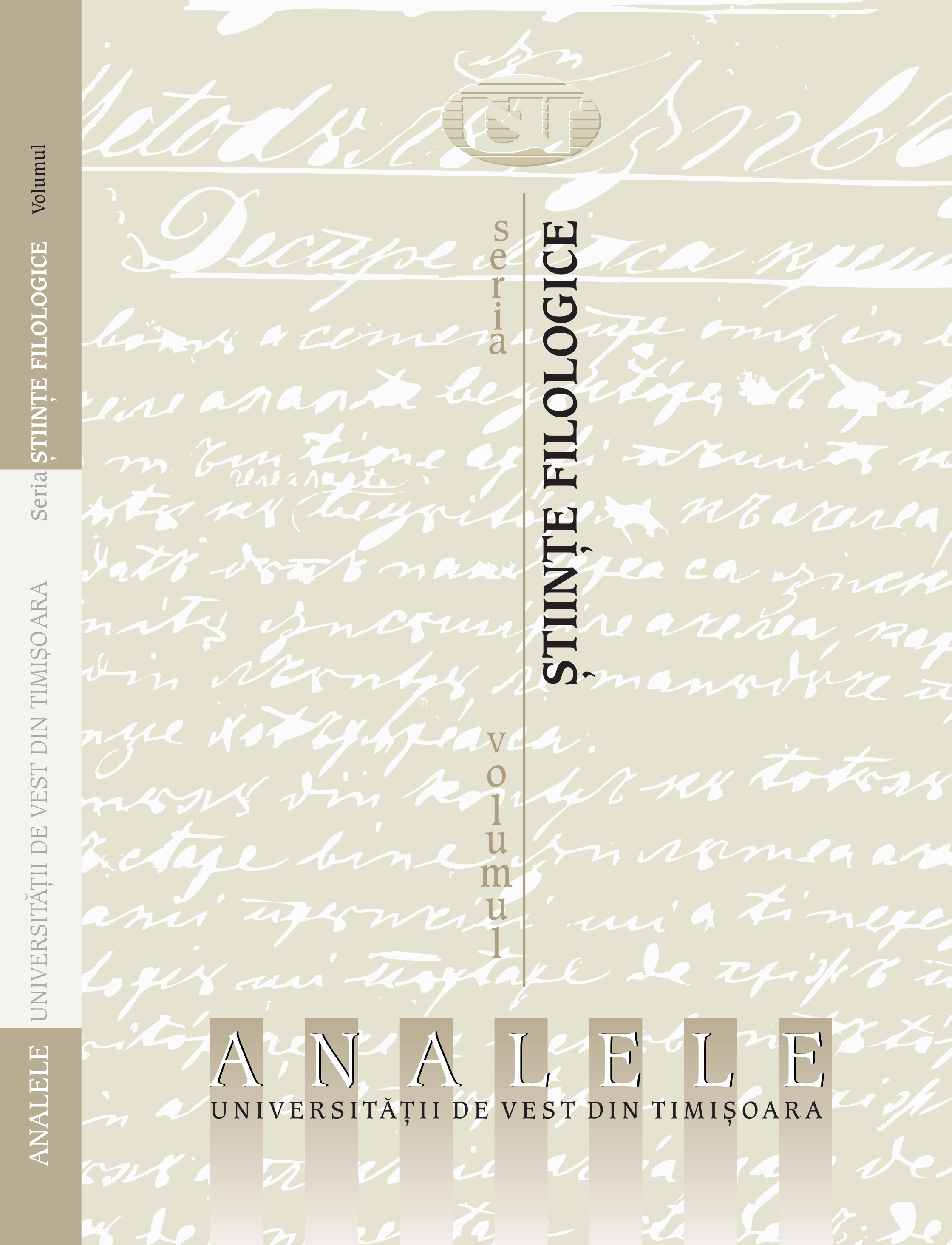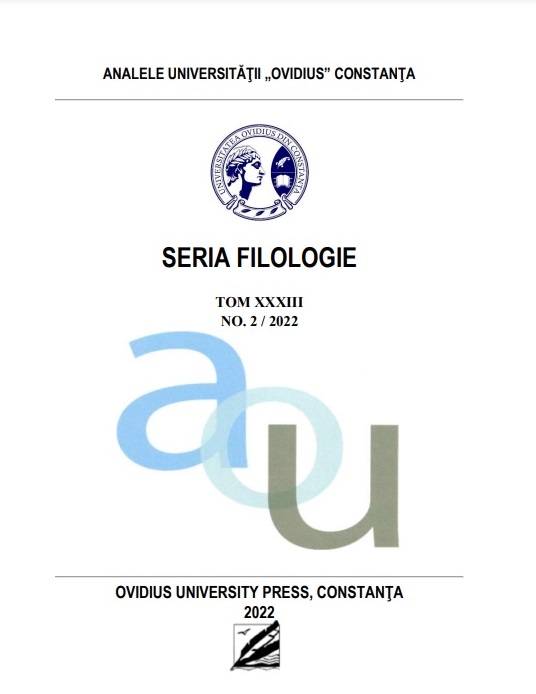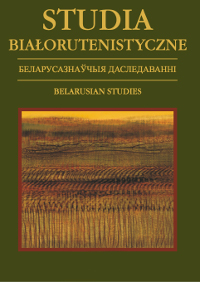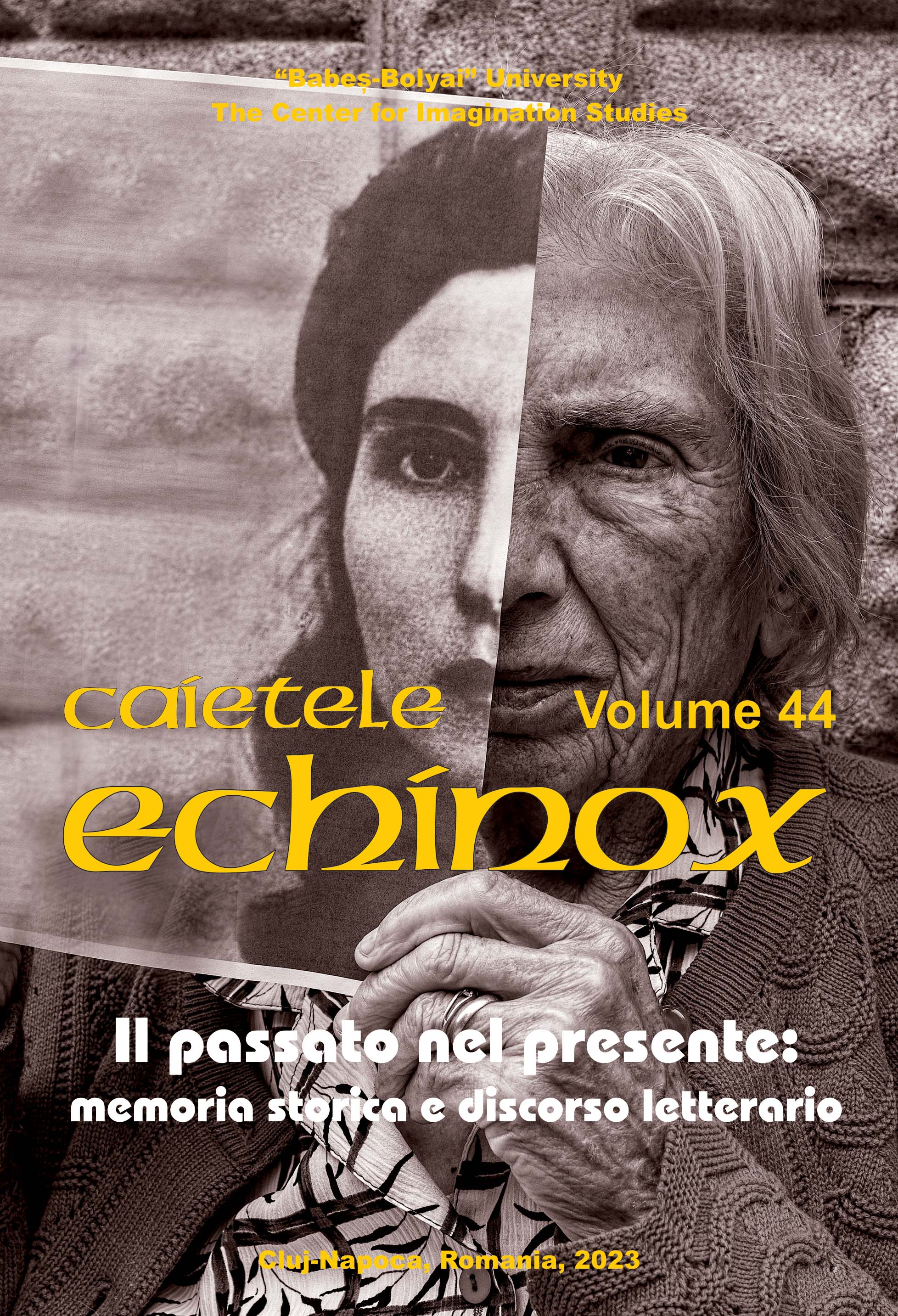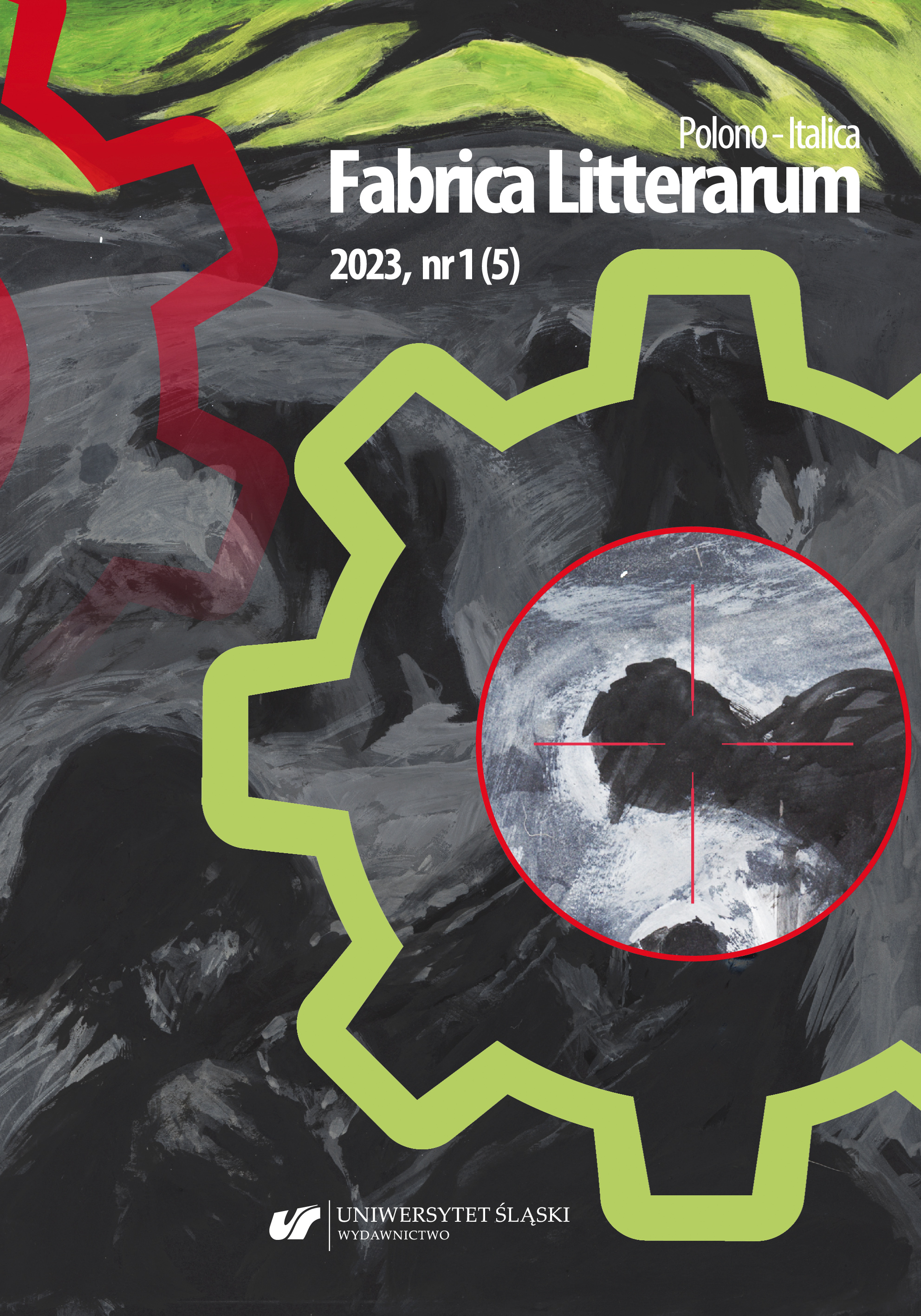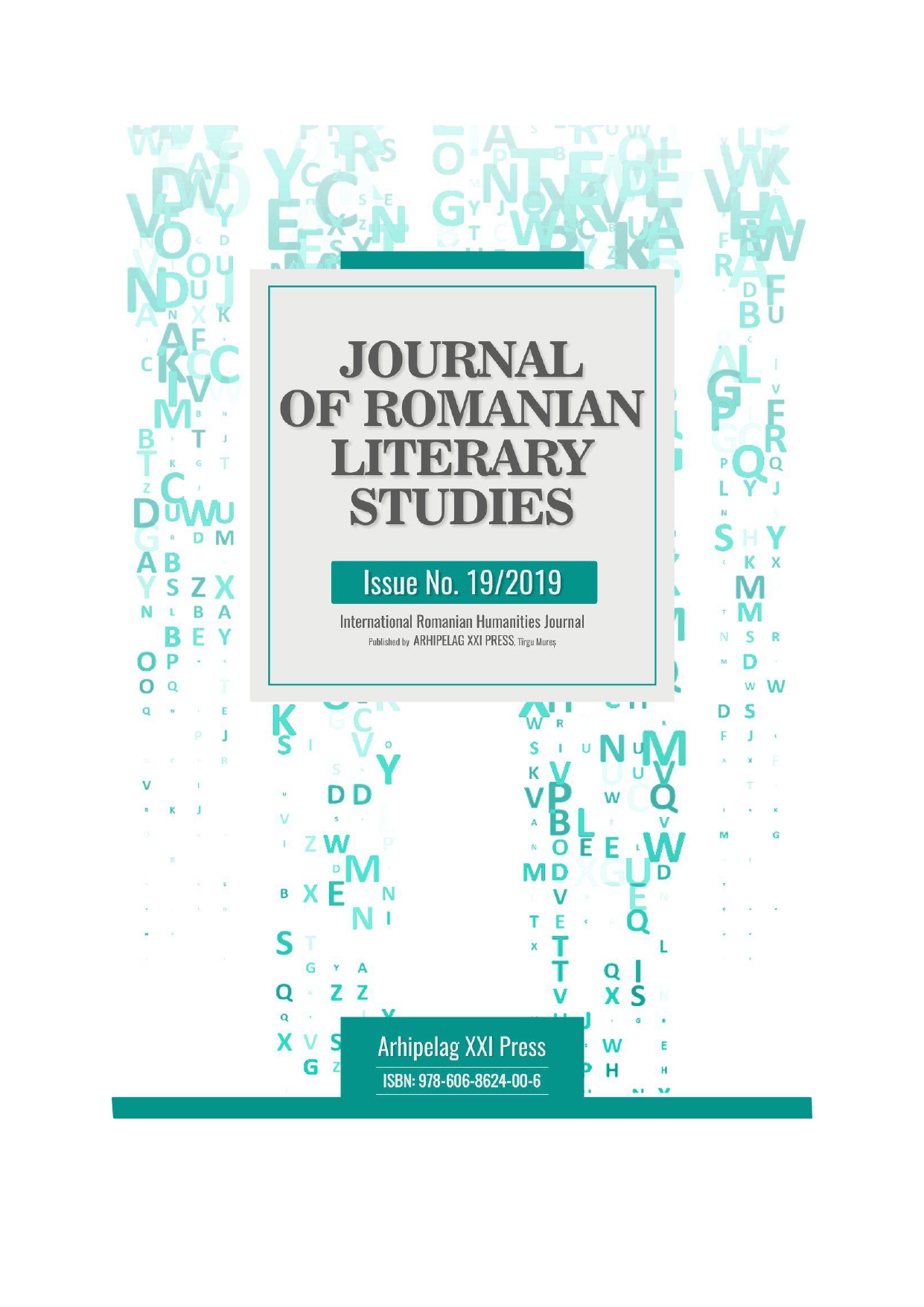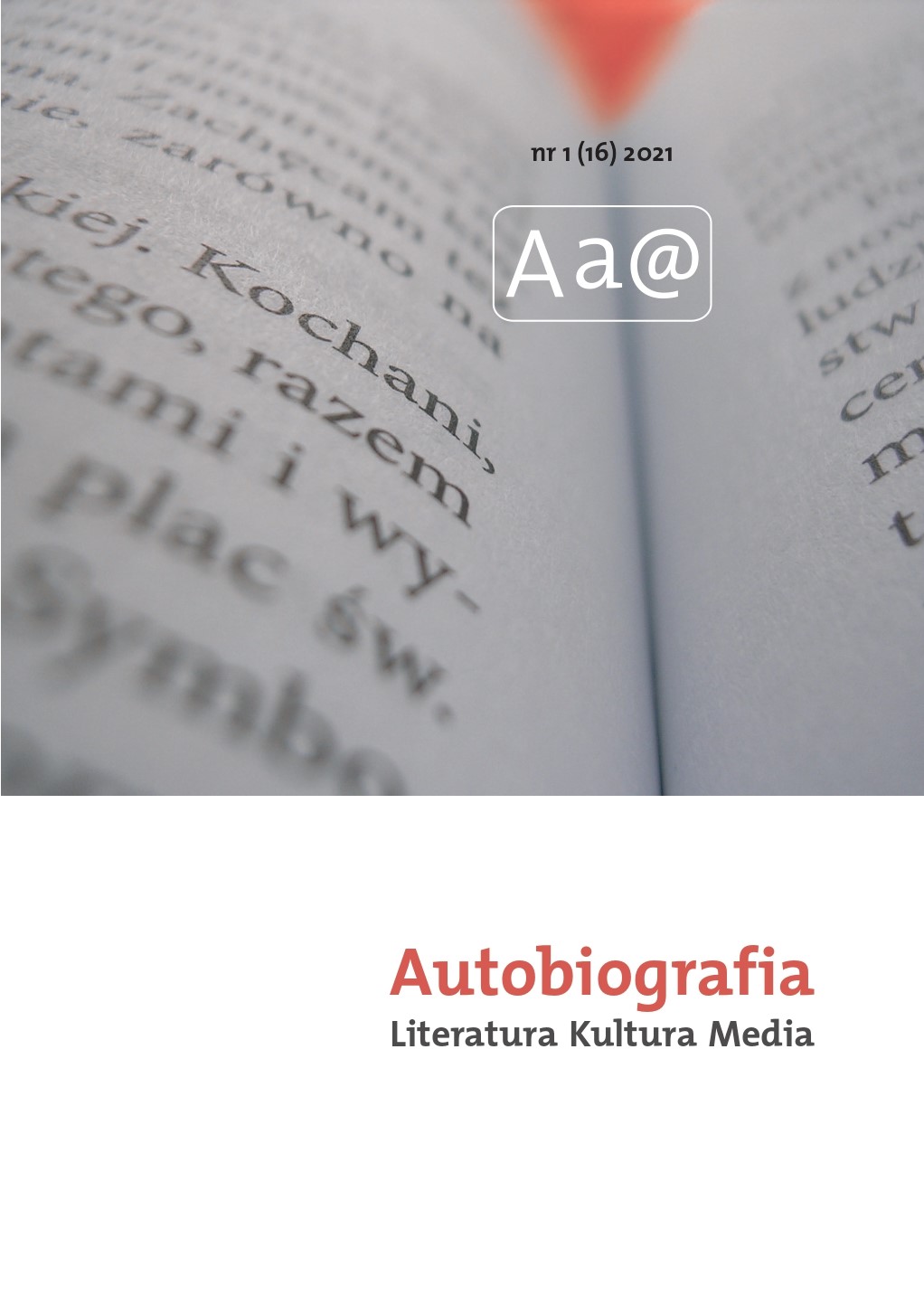
Autobiografia wojownika kultury: Elio Vittorini i jego Diario in pubblico
In 1957, while the first tenth anniversary of the proclamation of the Italian Republic was being celebrated, the most eclectic writer and intellectual on the Italian cultural scene of the XIX century, once again stirred by the “demon of anticipation”, published his Diario in pubblico. The singular book, that mixes and combines fragments of essays and extracts from a diary in a great “novel of ideas”, has to be understood both as an intellectual autobiography and as an “active study” of the socio-political and artistic events that affected Italy and Europe from the 1920s to the 1950s and which influenced the personality of the writer.
More...
